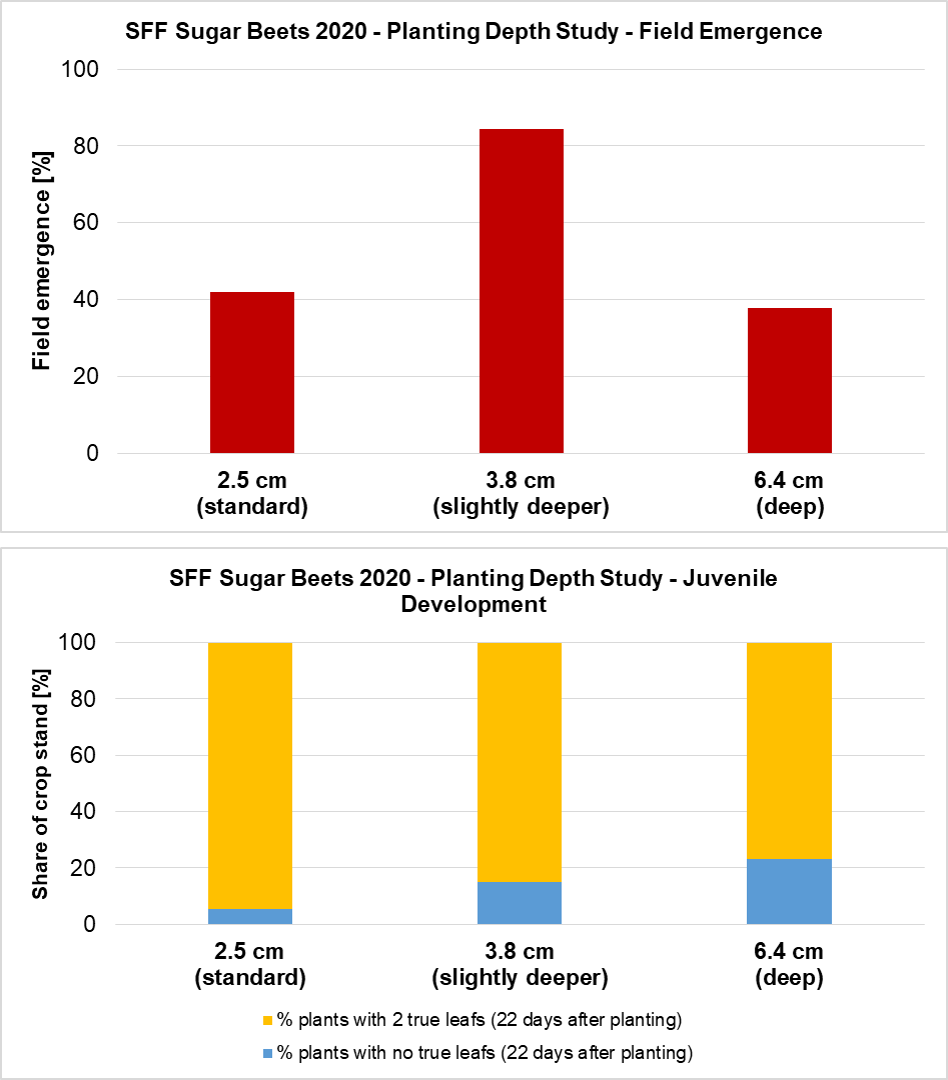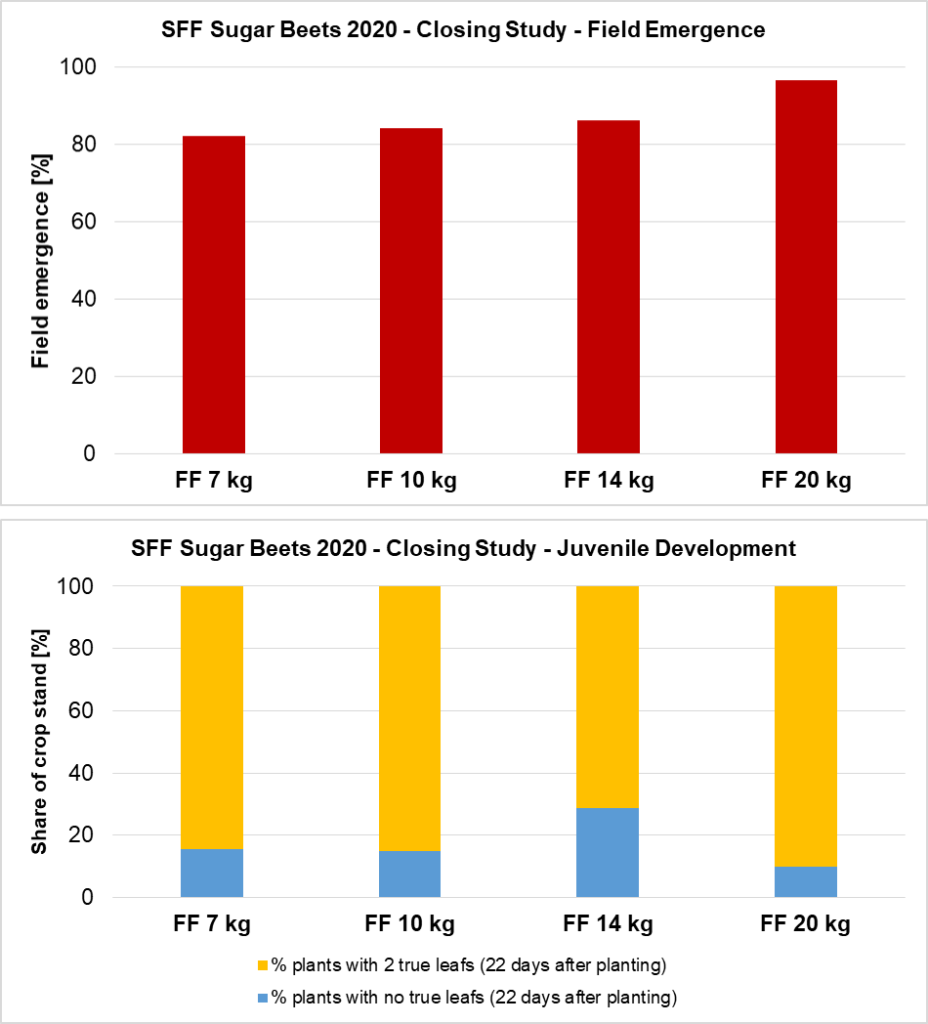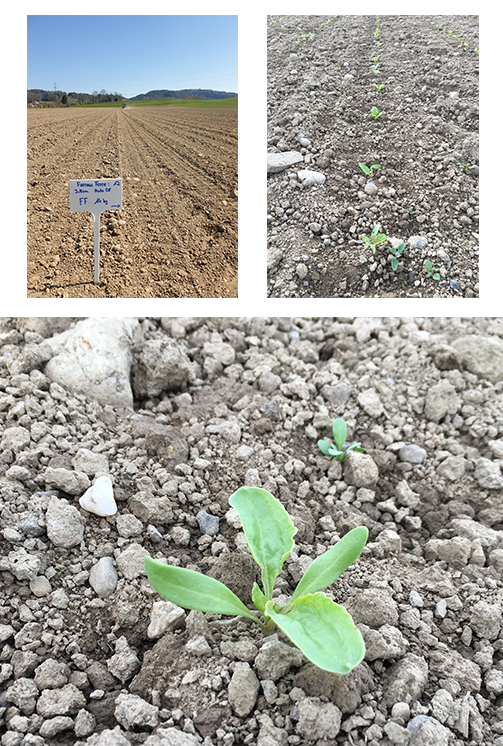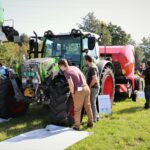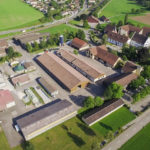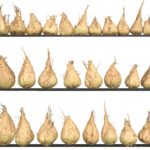Dry Spring Season: Slightly Deeper Planting Depth and FurrowForce™ Support Sugar Beet Emergence In Challenging Planting Periods
The Crop Tour trial plot for sugar beets on the Swiss Future Farm in 2020 was planted under challenging conditions, as we were experiencing a spring period with extraordinary low precipitation during the planting period for sugar beets between mid of March and mid of April.
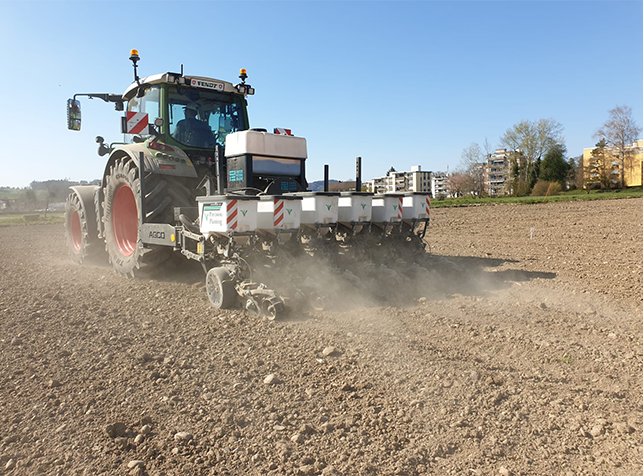
Dry Spring Season: Slightly Deeper Planting Depth and FurrowForce™ Support Sugar Beet Emergence In Challenging Planting Periods
The Crop Tour trial plot for sugar beets on the Swiss Future Farm in 2020 was planted under challenging conditions, as we were experiencing a spring period with extraordinary low precipitation during the planting period for sugar beets between mid of March and mid of April.The Crop Tour trial plot for sugar beets on the Swiss Future Farm in 2020 was planted under challenging conditions, as we were experiencing a spring period with extraordinarily low precipitation during the planting period for sugar beets between the middle of March and the middle of April. In comparison to previous years, the precipitation sum did not even amount to one-fifth of the amount we received in the past couple of years in our location in Northeastern Switzerland with 10 mm in 2020 vs. 55 mm in 2019 and 64 mm in 2018, respectively (Figure 1).
Figure 1. Precipitation during sugar beet planting season on Swiss Future Farm 2018-2020.
The SFF Crop Tour plot for sugar beets was planted in a field with homogenous soil conditions on an area of 4.5 hectares on 6th April 2020 with a planted population of 100,000 seeds per hectare. The trial plot comprises the following experimental machine settings:
- Planting depth: 2.5 cm (standard) , 3.8 cm (slightly deeper), and 6.4 cm (deep)
- Closing pressure: 7 kg (light), 10 kg (standard), 14 kg (increased), 20 kg (heavy)
A Precision Planting planter with 3 meters working width, 6 rows and 50 cm row spacing, equipped with Precision Planting’s vSet®, vDrive®, DeltaForce®, SpeedTube®, SmartFirmer®, and FurrowJe®t technologies was used to plant the trial plot with a Fendt 516 with VarioGuide and RTK. As a new feature, the planter was equipped with Precision Planting’s latest innovation, the FurrowForce pneumatic closing system (Figure 2).
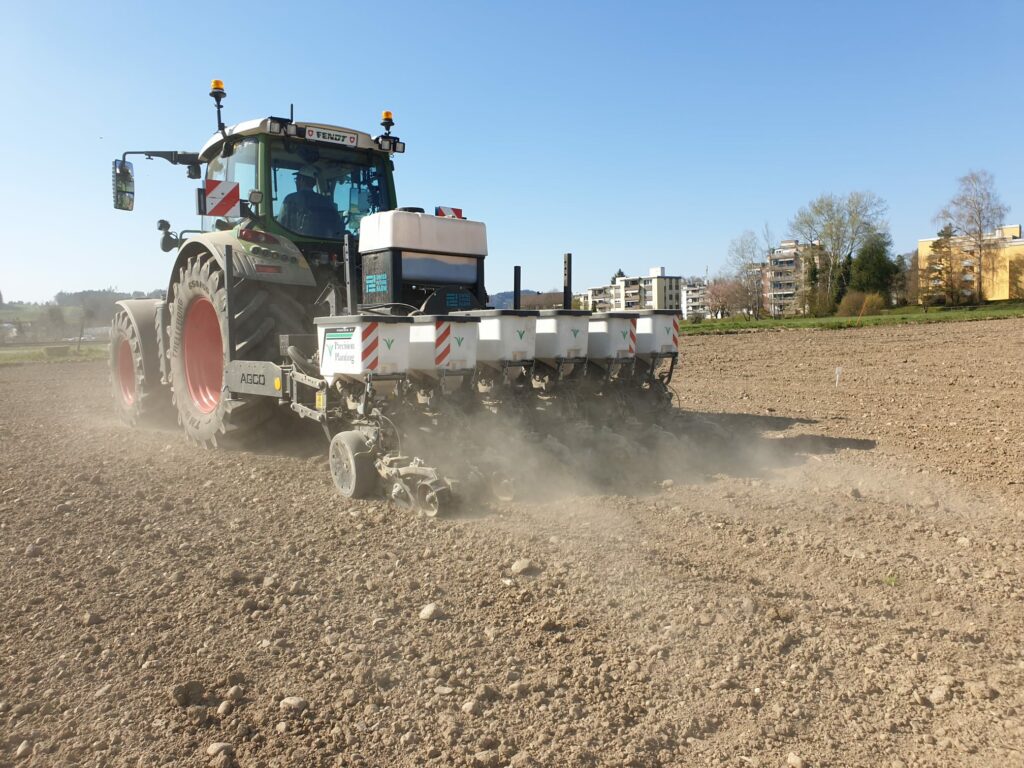
Figure 2. Planting sugar beets under very dry conditions with a planter equipped with Precision Planting FurrowForce.
Results
Field emergence and juvenile development of beets on the trial plot was measured 22 days after planting by the Cantonal Crop Consultancy Service of BBZ Arenenberg. Significantly higher field emergence was found in the trial strips that were planted at a slightly deeper planting depth of 3.8 cm, whereas fewer beets had emerged in the trial strips planted at the standard planting depth of 2.5 cm and a deep planting depth of 6.4 cm (Figure 3, top). This shows that beets planted at 3.8 cm were placed in sufficient moisture, whereas the germination environment for beets planted at 2.5 cm was too dry. Considering the juvenile development (Figure 3, bottom), although the share of further developed plants with 2 true leaves is higher in the trial plot planted at standard depth, this will not compensate for the overall reduced crop stand that amounts to only half of the established plants of the trial strips planted slightly deeper.
Figure 3. Field emergence and juvenile development of sugar beets in the 2020 planting depth study.
Results of the different closing pressure applied with the FurrowForce system in sugar beets planted at 3.8 cm depth show that field emergence improved, when higher closing pressure was applied (Figure 4, top). This can be explained by the extraordinary dry planting conditions, where furrows closed with high closing pressure had the best ability to preserve moisture and were not prone to be compacted. Looking at juvenile development, trial strips planted with a closing pressure of 20 kg exerted by FurrowForce had the highest share of further developed beets in the 2-leaf stadium (Figure 4, bottom).
Figure 4. Field emergence and juvenile development of sugar beets in the 2020 closing study.
Conclusions
- Slightly deeper planting depths for sugar beets of 3.8 cm (1.5 inch) compared to standard 2.5 cm (1.0 inch) places the seed in sufficient moisture conditions and enables better germination conditions and crop establishment in dry periods.
- FurrowForce applied with a closing pressure of 20 kilograms enabled to preserve soil moisture most effectively under the very dry planting conditions compared to lower closing pressure, and enabled best field emergence on the trial plot.
Outlook
A second measurement of field emergence and juvenile development will be required in the upcoming weeks to investigate to which extend a period of rainfall that started on the day after the first measurement has further influenced crop establishment.
Figure 5. Impressions from the 2020 Crop Tour sugar beet trial plot on Swiss Future Farm with FurrowForce trial strip (top left), emerged sugar beets on the trial strip 22 days after planting (top right), and well-established sugar beet in 2-leaf stadium (bottom).
Written by: Nils Zehner. Nils Zehner, agricultural engineer, AGCO Corporation & Swiss Future Farm. Connect with Nils on TWITTER or LinkedIn
Nils Zehner is serving as Agricultural Engineer and Swiss Future Farm Manager for the AGCO Global Agronomy and Farm Solutions Team and the Commercial Fuse Team EME.


